Page List
WAX CARVINGFOR JEWELLERS
Swanmaid oxidized sterling silver and freshwater pearls by Russell Lownsbrough.
WAX CARVINGFOR JEWELLERSRussell Lownsbrough
and Danila Tarcinale
First published in 2021 by
The Crowood Press Ltd
Ramsbury, Marlborough
Wiltshire SN8 2HR
www.crowood.com This e-book first published in 2020 Russell Lownsbrough and Danila Tarcinale 2021 All rights reserved. This e-book is copyright material and must not be copied, reproduced, transferred, distributed, leased, licensed or publicly performed or used in any way except as specifically permitted in writing by the publishers, as allowed under the terms and conditions under which it was purchased or as strictly permitted by applicable copyright law. Any unauthorised distribution or use of this text may be a direct infringement of the authors and publishers rights, and those responsible may be liable in law accordingly.
British Library Cataloguing-in-Publication Data A catalogue record for this book is available from the British Library. ISBN 978 1 78500 835 1
Dedications Russell: Id like to dedicate this book to Neville Morgan, who first introduced me to wax carving; Josie, my mum, who always believed in me; Frank, my dad, who was eventually proud of me; Auntie Edith, a kindred spirit.
I wrote this book to impress them; none of them lived to see it published. Danila: Id like to dedicate this book to my parents, to the people who taught me and allowed me to get this far, and to past and future students who I hope will benefit from this book. Learning to carve is a life-changing experience and more like a form of meditation. Special thanks to my co-author Russell, my friend Enrico Mansanti, and my boyfriend Matteo Gilardoni for their patience and support. CHAPTER 1What is Wax Carving? T his book is an introduction to the ancient art of wax carving. It is based on a programme of teaching developed and refined by the writers over a period of twenty-five years.
The following chapters will guide readers through both their beginner and intermediate courses. Wax carving is like sculpture for jewellery or sculpture in miniature. As you are reading this book, you have probably already decided that this is perhaps the direction for you or at least one youd like to investigate. It is especially good for the creation of figurative forms, whether these be realistic (think Antonio Canova) or stylized (think Henry Moore). 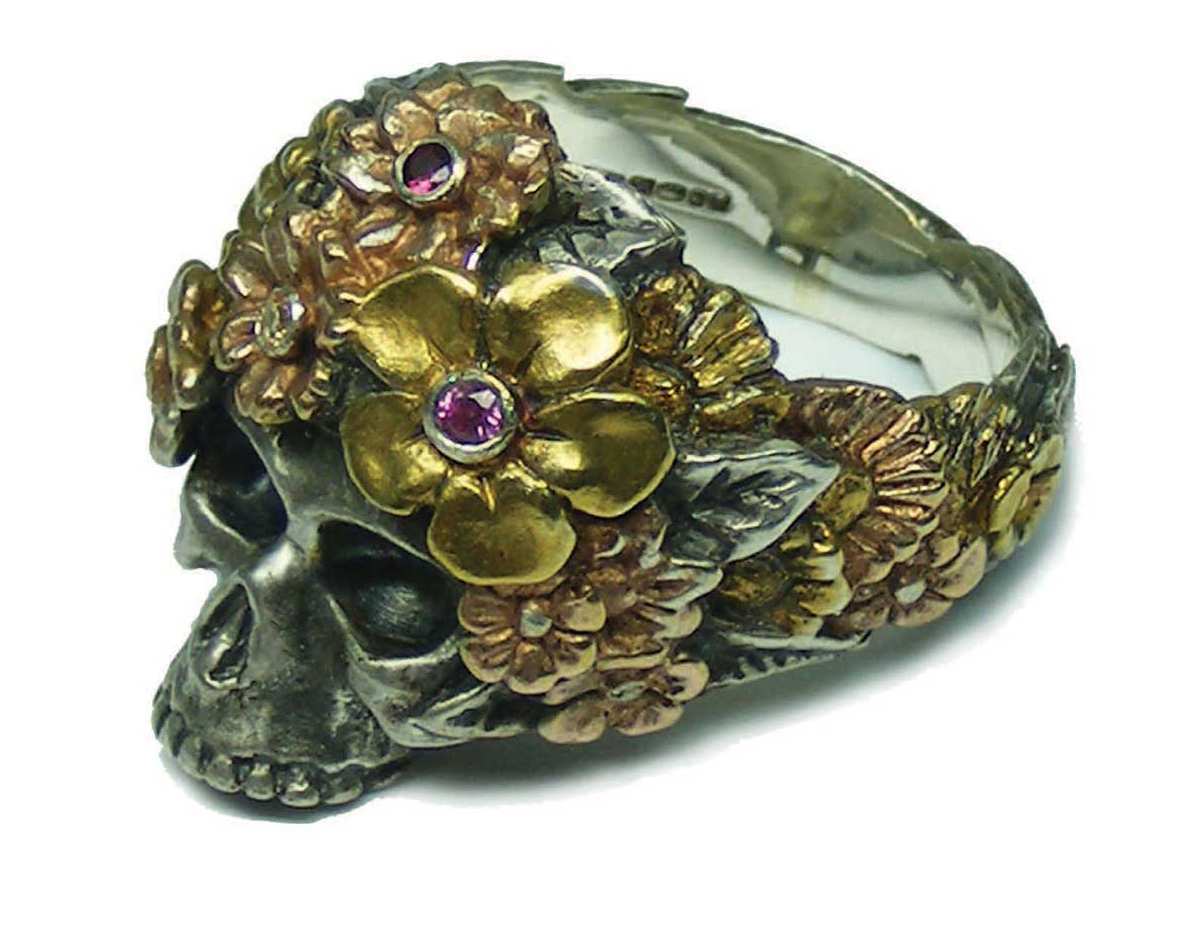 Life Goes On ring by Russell Lownsbrough. Most jewellery is very obviously made from sheet, wire and tube; however, there are forms that can really only be achieved by being sculpted in wax.
Life Goes On ring by Russell Lownsbrough. Most jewellery is very obviously made from sheet, wire and tube; however, there are forms that can really only be achieved by being sculpted in wax.
Wax carving was historically a very important skill. Baroque, rococo and art nouveau jewellery relied very heavily on this technique, as did the silversmithing work of masters like Cellini (sixteenth century) and Paul de Lamerie (eighteenth century). The technique, however, is much older than this, and has been in continuous use for approximately 6,000 years on three continents. When computer-aided design (CAD) appeared in the 1990s, many people mistakenly thought that it was the end for wax carving. However, it appears that reports of its death were exaggerated: courses in wax carving proliferate and numerous vibrant international wax carving groups exist on social media. Its a living, breathing, thriving art.
CAD these days is mainly a threat to traditional mount-making, the type of jewellery made from sheet, wire and tube. 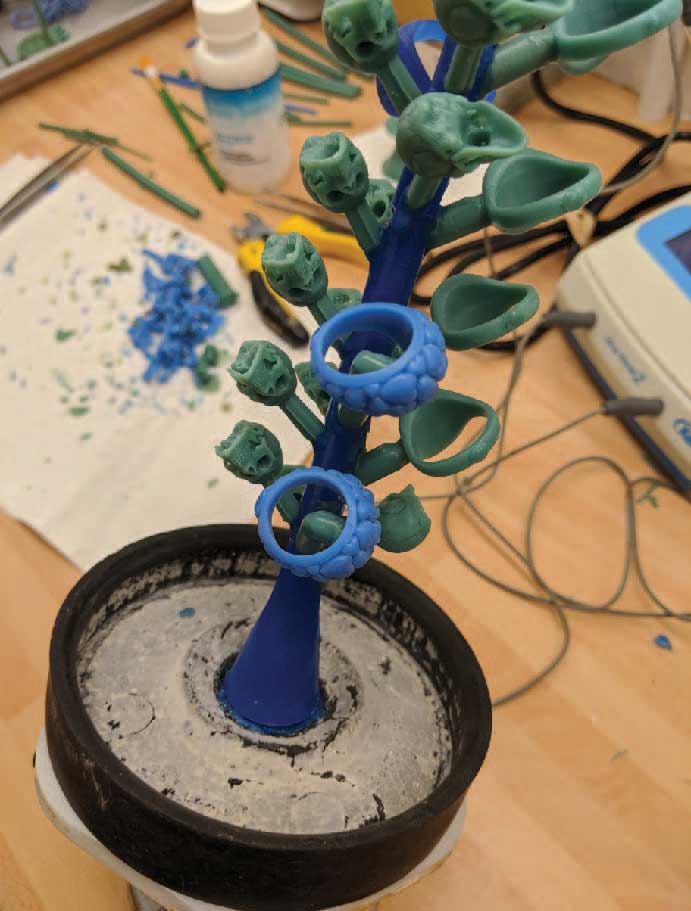 A tree.
A tree.
The lost wax casting technique
Carvings are mostly transmuted into metal by the lost wax casting technique, also known as investment casting or
cire perdue. In this process, wax models have a sprue attached and are encased in plaster. The sprue is the avenue through which metal flows to form the casting. Once the plaster is solid, the wax is burnt out and molten metal is poured into the cavity formed by the vacated wax.
Different metals require different investment plasters. After casting, the plaster is broken off the metal and the piece is cut off the sprue. 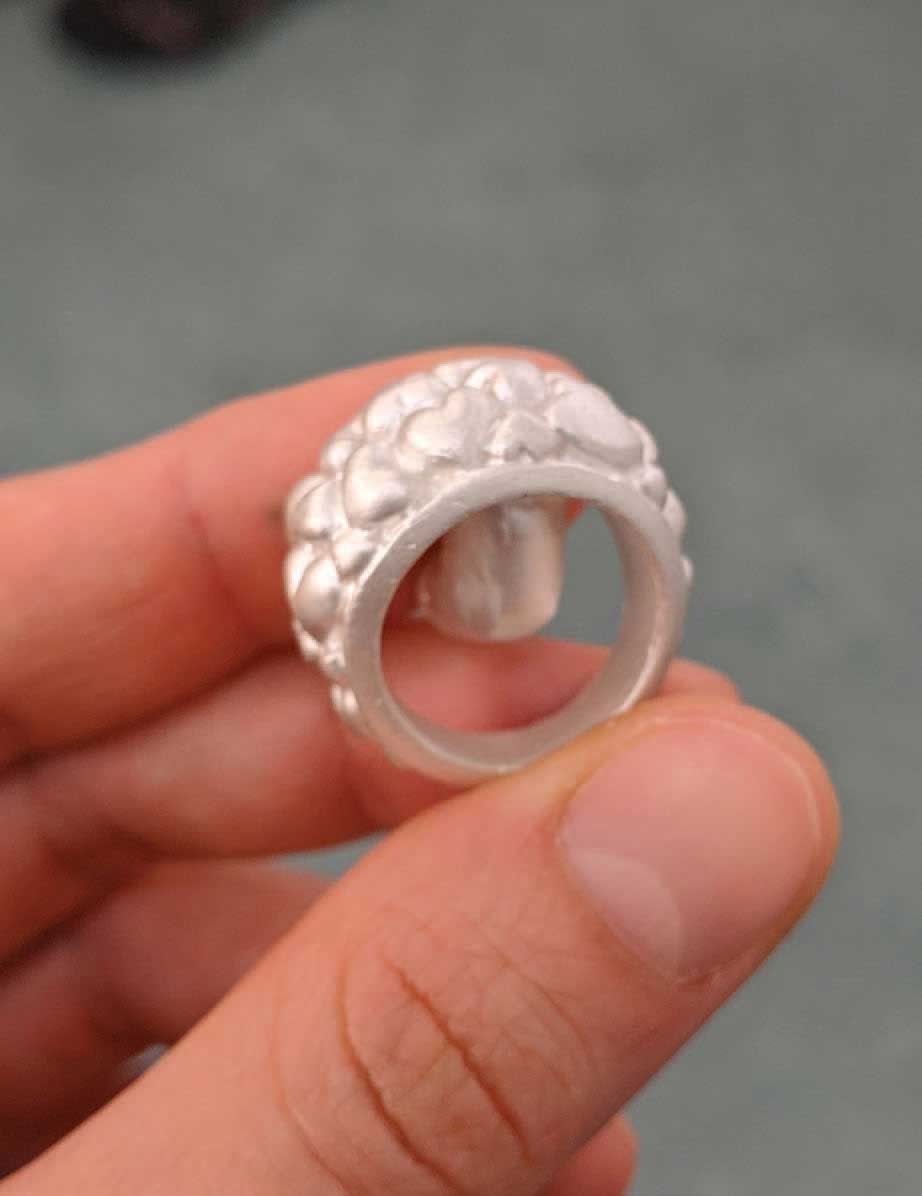 A silver casting. Waxes are usually cast on a tree a thick rod of wax with many sprues attached to it, each with a wax model. The majority of casting is done commercially by vacuum casting, which has replaced centrifugal. There are other types of casting, such as ceramic shell casting, sand casting, Delft clay and cuttlefish casting.
A silver casting. Waxes are usually cast on a tree a thick rod of wax with many sprues attached to it, each with a wax model. The majority of casting is done commercially by vacuum casting, which has replaced centrifugal. There are other types of casting, such as ceramic shell casting, sand casting, Delft clay and cuttlefish casting.
These techniques are for the DIY enthusiast. For consistently good results a professional casting company is the best route. This book is concerned with carving and will not be delving into the arena of casting techniques. Suggested books on the subject will be in the Further Information section at the end of the book.
INSPIRATION AND DESIGN
Inspiration can come from any source. The first thing you need to decide is what appeals to you personally.
It is useful to think in terms of sculpture when approaching any design to be carved, and studying sculpture closely is a good way to help you understand form.  Design sheet example, showing dimensions to be considered. Before beginning any carving, its essential to spend time working out what exactly you are going to carve. Prepare drawings of your design from as many angles as you can. This will help to define the form in your mind, which will yield far better results. Of course a design on paper is essential to communicate your ideas to a potential client as well as for transferring a design to a piece of wax.
Design sheet example, showing dimensions to be considered. Before beginning any carving, its essential to spend time working out what exactly you are going to carve. Prepare drawings of your design from as many angles as you can. This will help to define the form in your mind, which will yield far better results. Of course a design on paper is essential to communicate your ideas to a potential client as well as for transferring a design to a piece of wax.
The example pictured below is for the first project in . Its important to do as much visual research as possible when preparing a design for something figurative; fortunately the internet has made it extremely easy to find pictures. That said, however, internet pictures cant always replace a good reference book on your subject. For any figurative work, get a book on the appropriate anatomy as its important to understand the muscle and bone structure beneath the skin when carving humans or animals. The three stages of carving Most carvings go through three stages: STAGE 1: This is going ok. STAGE 2: This is a disaster, but maybe I can salvage something The second phase requires a leap of faith. STAGE 2: This is a disaster, but maybe I can salvage something The second phase requires a leap of faith.
You begin to abandon the initial markings and start to really sculpt. Its very common to lose faith in your abilities at this stage. Dont give up. STAGE 3: OK, its not that bad. Actually, thats pretty good. Perseverance pays off as the design is realized and at last you have the joy of making those final little refinements to your design.


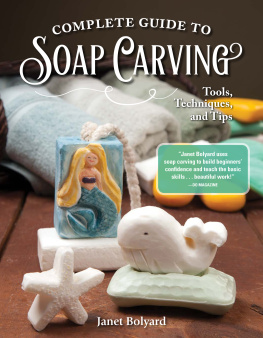
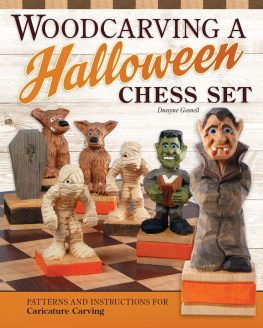

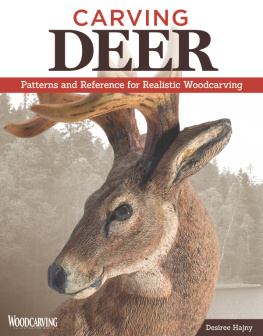
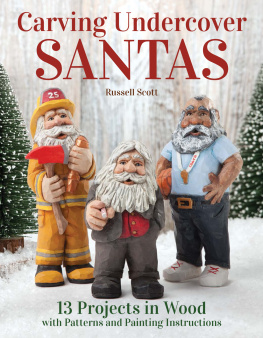
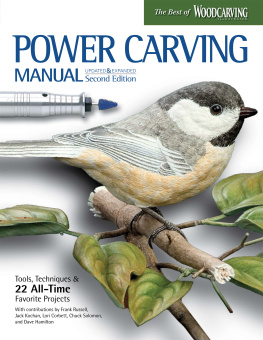
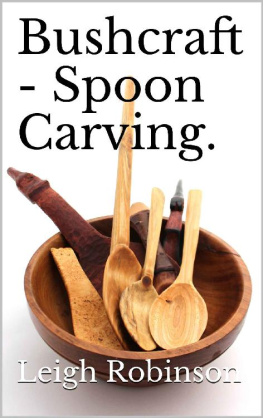
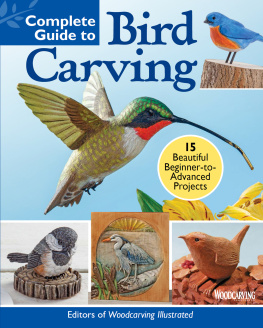
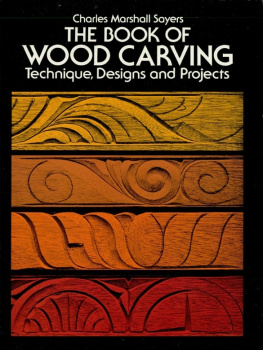
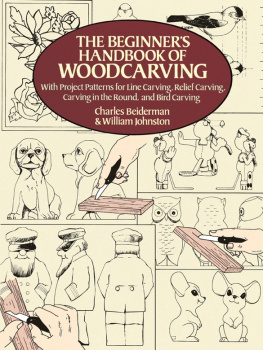

 Swanmaid oxidized sterling silver and freshwater pearls by Russell Lownsbrough. WAX CARVINGFOR JEWELLERSRussell Lownsbrough
Swanmaid oxidized sterling silver and freshwater pearls by Russell Lownsbrough. WAX CARVINGFOR JEWELLERSRussell Lownsbrough First published in 2021 by
First published in 2021 by Life Goes On ring by Russell Lownsbrough. Most jewellery is very obviously made from sheet, wire and tube; however, there are forms that can really only be achieved by being sculpted in wax.
Life Goes On ring by Russell Lownsbrough. Most jewellery is very obviously made from sheet, wire and tube; however, there are forms that can really only be achieved by being sculpted in wax. A tree.
A tree. A silver casting. Waxes are usually cast on a tree a thick rod of wax with many sprues attached to it, each with a wax model. The majority of casting is done commercially by vacuum casting, which has replaced centrifugal. There are other types of casting, such as ceramic shell casting, sand casting, Delft clay and cuttlefish casting.
A silver casting. Waxes are usually cast on a tree a thick rod of wax with many sprues attached to it, each with a wax model. The majority of casting is done commercially by vacuum casting, which has replaced centrifugal. There are other types of casting, such as ceramic shell casting, sand casting, Delft clay and cuttlefish casting. Design sheet example, showing dimensions to be considered. Before beginning any carving, its essential to spend time working out what exactly you are going to carve. Prepare drawings of your design from as many angles as you can. This will help to define the form in your mind, which will yield far better results. Of course a design on paper is essential to communicate your ideas to a potential client as well as for transferring a design to a piece of wax.
Design sheet example, showing dimensions to be considered. Before beginning any carving, its essential to spend time working out what exactly you are going to carve. Prepare drawings of your design from as many angles as you can. This will help to define the form in your mind, which will yield far better results. Of course a design on paper is essential to communicate your ideas to a potential client as well as for transferring a design to a piece of wax.